* US Navy successfully launches solid-fuel missile from UAV
The US Navy has achieved a major milestone in missile technology, successfully launching the first solid-fuel rocket motor (SFIRR) from an unmanned aerial vehicle (UAV) platform.
Accordingly, SFIRR is launched from a BQM-34 UAV, equipped with a sophisticated fire control system. The new approach helps bring flexibility in performing missions, when UAVs can be deployed in areas that are difficult for manned aircraft to access or face high risks. Launching missiles from unmanned platforms will help ensure the safety of manned platforms and soldiers.
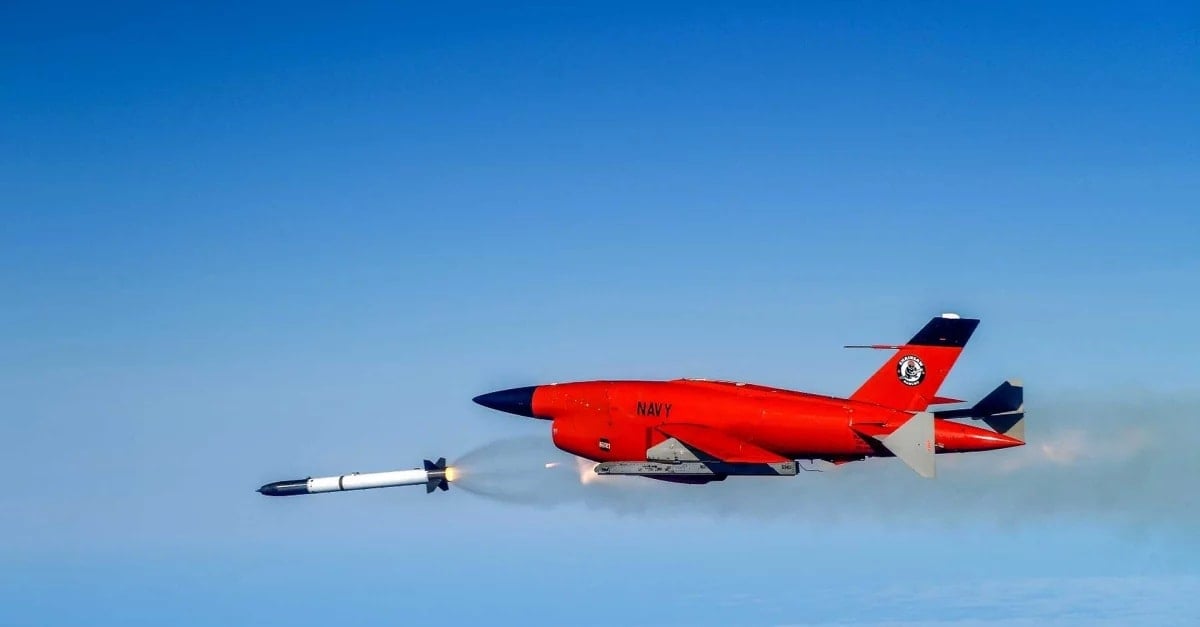 |
| Missile launched from BQM-34 UAV. Photo: US Navy |
The Naval Air Warfare Center Weapons Division (NAWCWD) is the primary weapons research and development agency for the U.S. Navy. As the primary prototype integrator for this project, NAWCWD successfully integrated propulsion, avionics, and fire control technologies into a prototype in less than a year.
Tactically and strategically, the success of the SFIRR is expected to have far-reaching implications. Its compact design and simplified fuel system reduce logistical burdens and make the weapon suitable for a wide range of platforms, from manned fighter jets to UAVs.
Solid-fuel engines provide fast, powerful thrust and sustained high speeds, which are particularly beneficial when penetrating advanced air defense systems or pursuing targets that require rapid response. In future combat scenarios, these capabilities will enable long-range strike power, deep strikes and flexible operations across multiple fronts.
* Poland produces 1,400 Borsuk tracked combat vehicles
Polish defense company Huta Stalowa Wola (HSW) has signed a major framework agreement with the country’s Ministry of Defense to produce 1,400 Borsuk tracked armored vehicles, including 1,014 infantry fighting vehicles. This is seen as an important step in modernizing the country’s land forces.
The Borsuk infantry fighting vehicle is a modern amphibious tracked vehicle developed by HSW in cooperation with Polska Grupa Zbrojeniowa. It is equipped with a ZSSW-30 remotely controlled turret, a Bushmaster II 30mm automatic cannon and Spike-LR anti-tank guided missiles.
Modular armor provides extended protection against ballistic and explosive threats, while the amphibious design allows for unassisted river crossings, an essential capability given Poland's water-rich terrain.
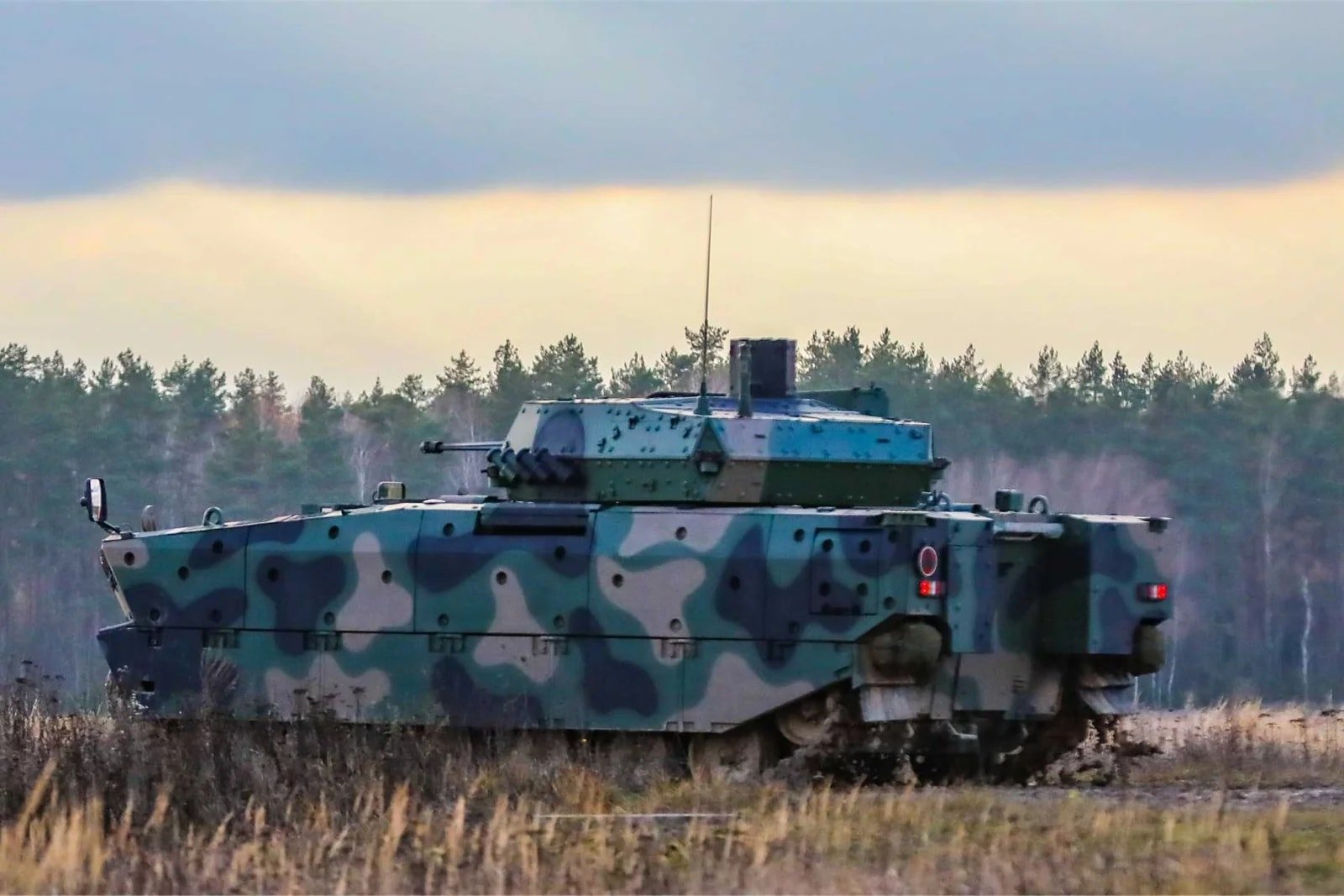 |
| Borsuk infantry fighting vehicle. Photo: Army Recognition |
Thanks to its modular design, the Borsuk chassis can support the development of a wide range of specialized variants such as command and control vehicles, ambulances - medical evacuation vehicles, reconnaissance platforms and combat engineering systems. This versatility ensures wide applicability and long-term value for the Polish Army.
The Borsuk programme highlights the maturation of Poland's domestic defence industry. HSW has invested significantly in advanced manufacturing technologies, expanded its research and development capabilities and strengthened cooperation with defence partners.
This industrial progress reinforces Poland's strategic goal of achieving greater self-reliance in defense production, while positioning itself as a competitor in the European defense market.
* Hanwha Aerospace proposes to supply Tigon armored vehicles to Chile
Army Recognition quoted information from Krystian Pograniczny saying that the Korean company Hanwha Aerospace has proposed to supply Tigon armored vehicles to Chile, a country that is modernizing its wheeled armored vehicle fleet under the CROMO program.
Accordingly, Hanwha Aerospace's proposal includes three basic configurations, 4x4, 6x6 and 8x8, along with a commitment to customize according to Chile's requirements. In particular, Hanwha Aerospace emphasizes technology transfer, joint production and extensive training programs for both operators and maintenance personnel. This approach is in line with Chile's intention to strengthen its domestic defense capabilities.
The Tigon 4x4 variant weighs around 14 tonnes and is designed with a modular structure, allowing it to be configured into 15 different versions, including an armoured personnel carrier, reconnaissance vehicle, ambulance, command vehicle and technical support vehicle. The platform offers direct-fire protection up to level 4 and mine protection up to level 3. High mobility and modularity allow it to be deployed for a variety of missions.
The 6x6 version weighs 21 tons and is equipped with a Caterpillar C9.3 engine with 525 horsepower, reaching speeds of up to 110 km/h with a range of 800 km. The vehicle can carry up to 11 people and is compatible with 7.62 mm or 12.7 mm remote-controlled weapon stations and 30 mm turrets. This variant has STANAG 4569 level 4 direct-fire protection and mine protection at the same level.
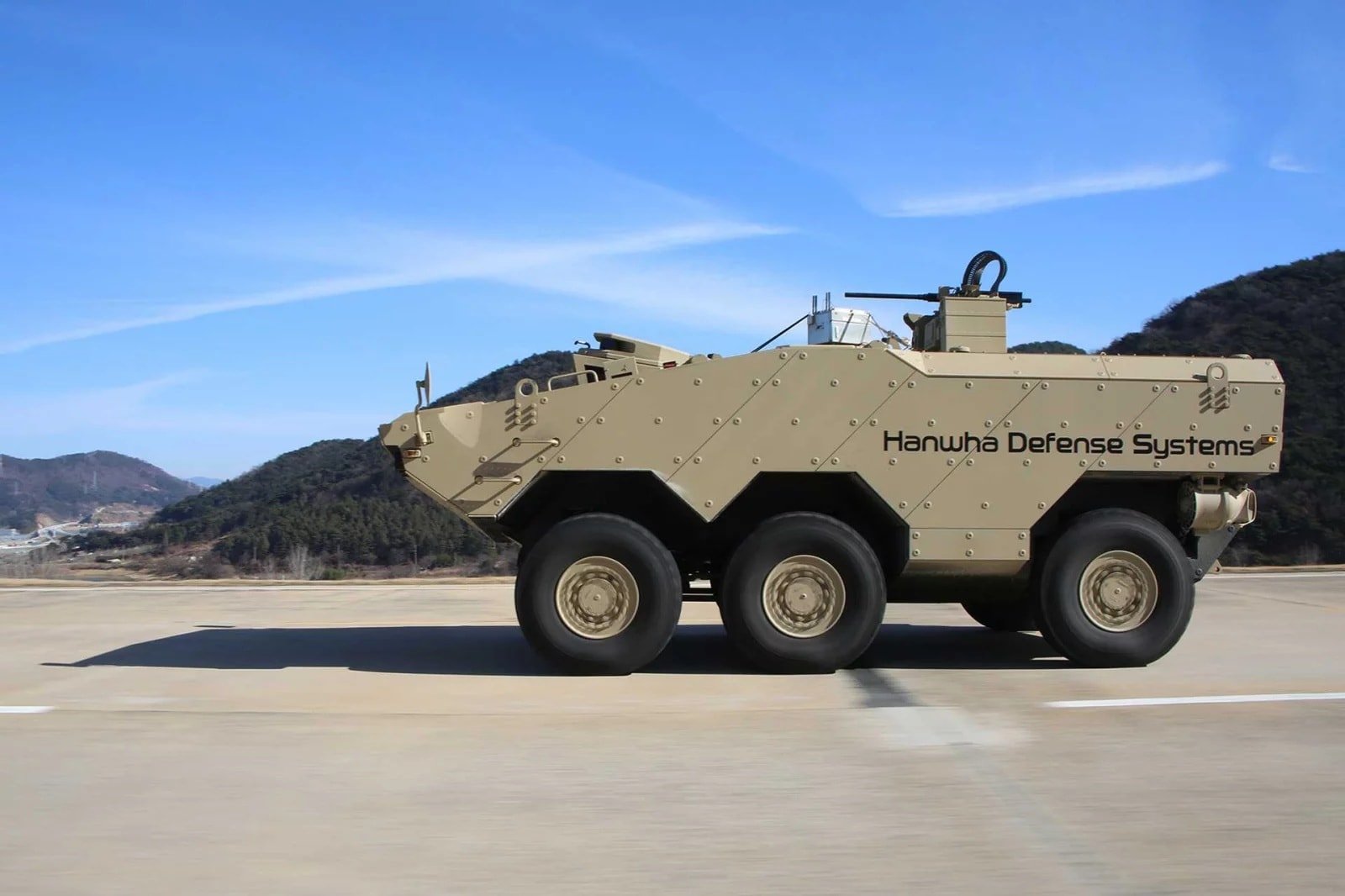 |
| The 6x6 version of the Tigon, equipped with a Caterpillar C9.3 engine with 525 horsepower. Photo: Hanwha Aerospace |
Meanwhile, the Tigon 8x8 variant weighs between 32 and 34 tonnes, depending on the configuration, and is powered by a 700-horsepower engine. It can reach a top speed of 100km/h and maintain an operational range of 800km, can carry 11 people and supports a variety of weapons, including a 30mm automatic cannon, a 105mm cannon and an anti-tank guided missile system. This version offers direct fire protection up to STANAG 4569 level 6 and mine protection up to level 4.
TRAN HOAI (synthesis)
* Today's World Military column on the People's Army Electronic Newspaper sends readers the latest information on world military security and defense activities in the past 24 hours.
Source: https://baodaknong.vn/quan-su-the-gioi-hom-nay-11-5-my-phong-ten-lua-su-dung-nhien-lieu-ran-tu-nen-tang-uav-252167.html





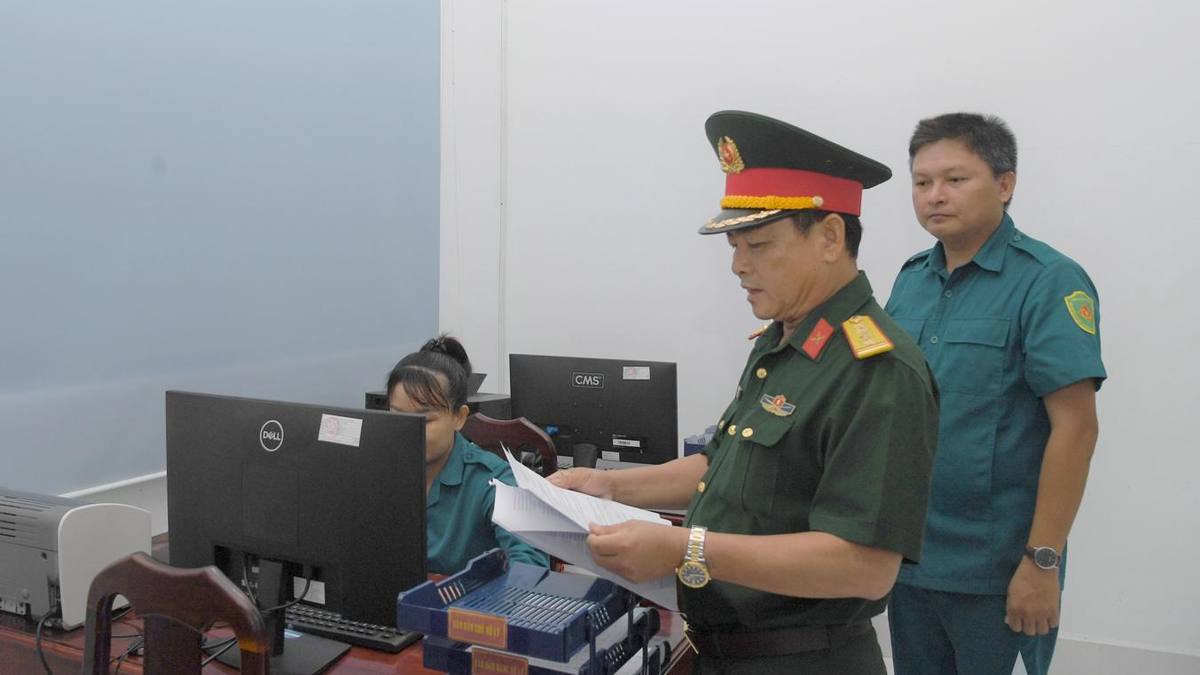
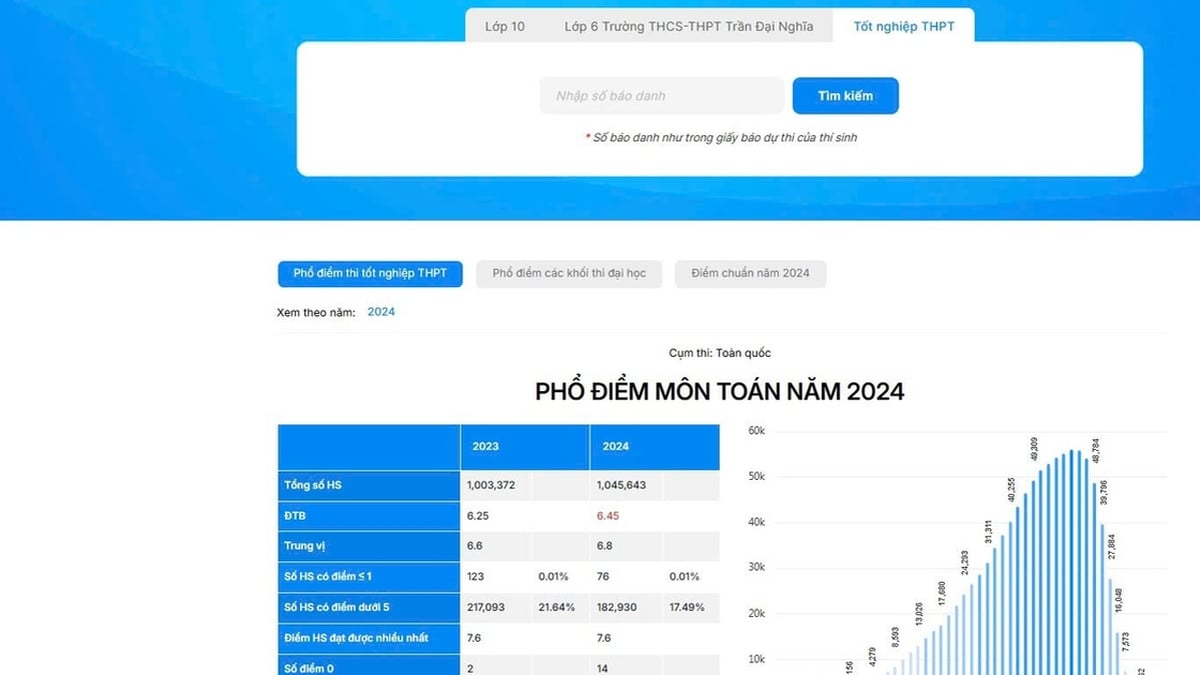

![[Infographics] - Some new regulations on disciplinary action against officials and civil servants](https://vphoto.vietnam.vn/thumb/1200x675/vietnam/resource/IMAGE/2025/7/14/4a2ea9dce8ec43e2847b72421bc0e06a)

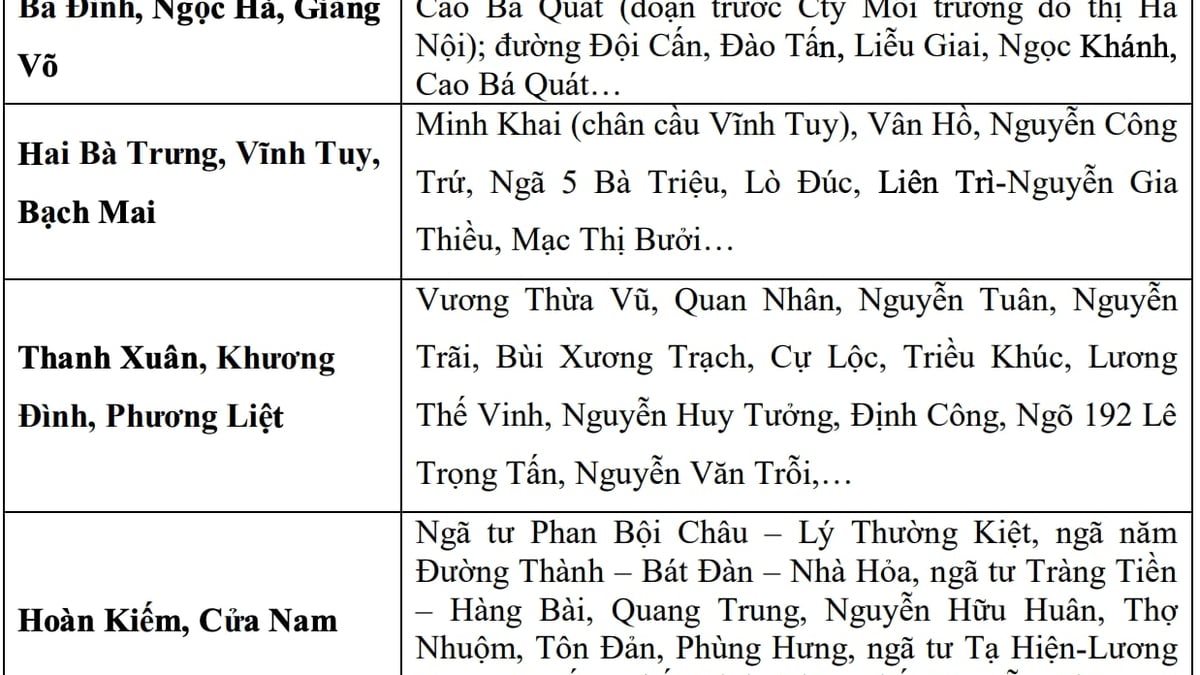










































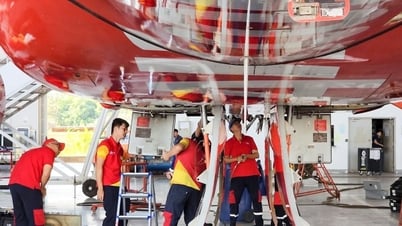

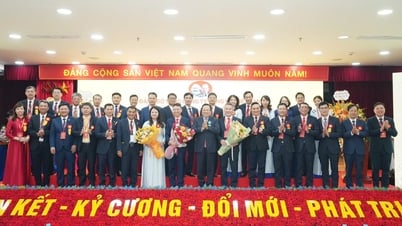













































Comment (0)